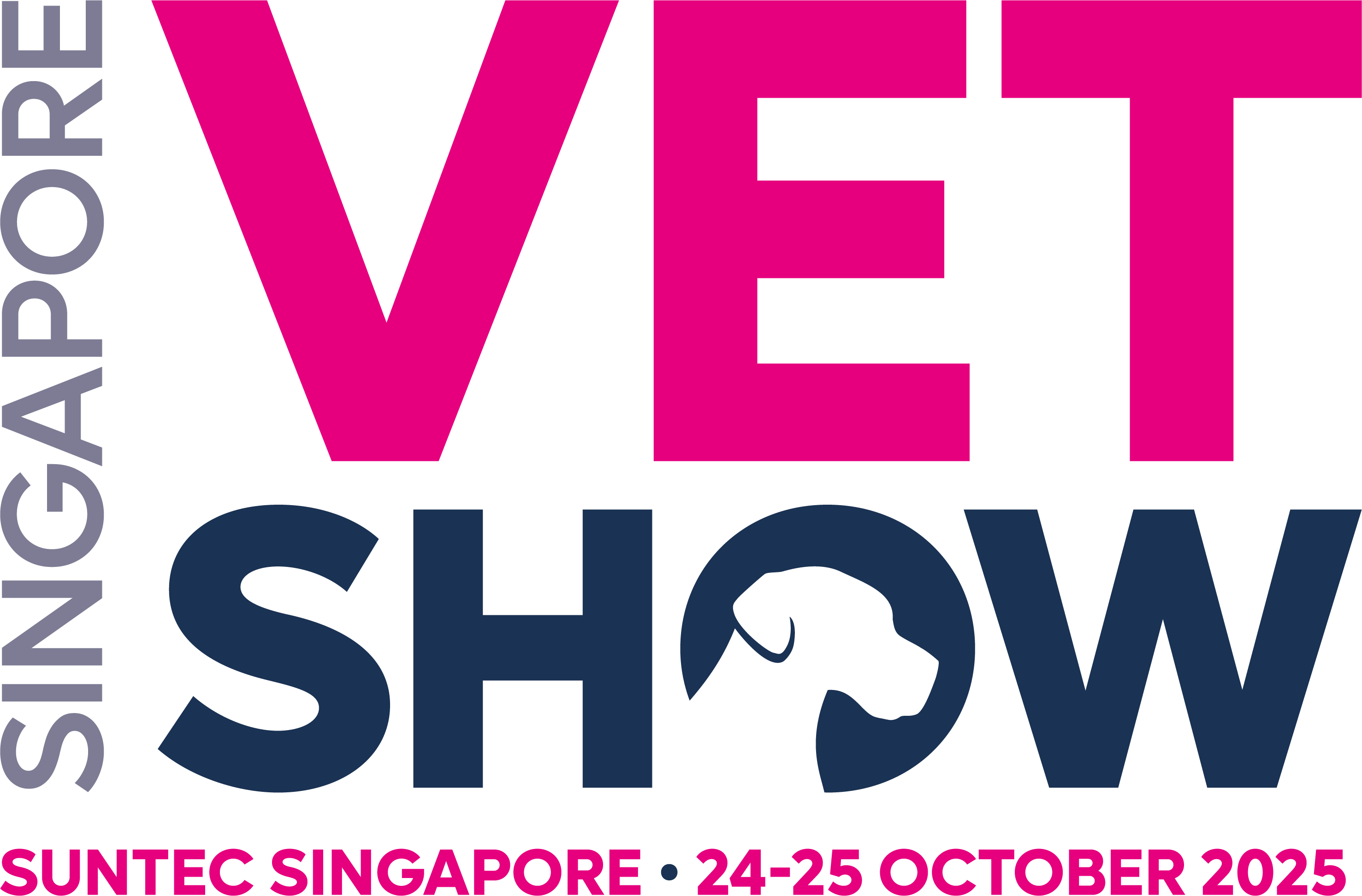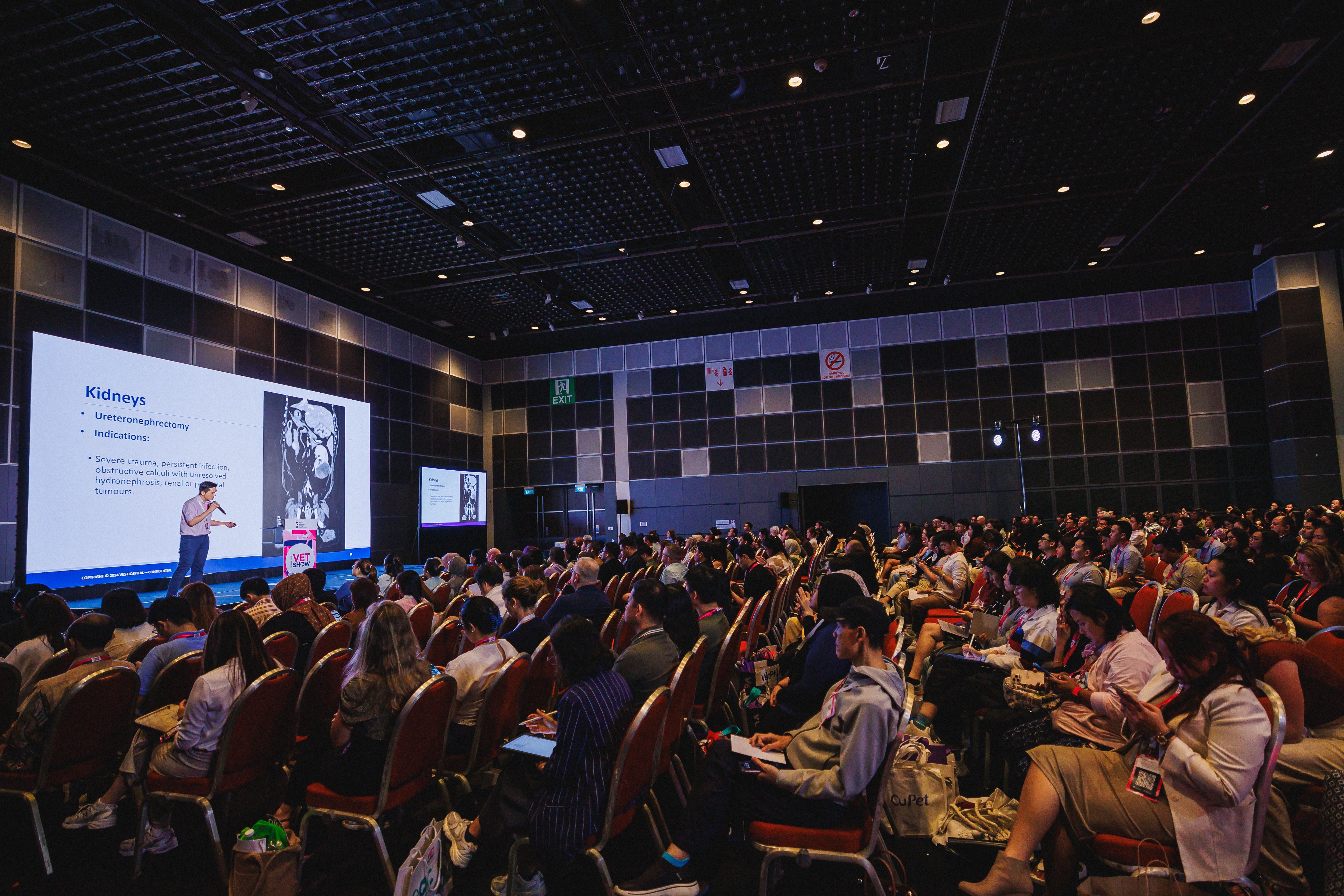In Vivo Analysis of the Effects of Emerging Enniatin Mycotoxins Using a Murine Model of Human Intestinal Microbiota
Enniatin is a toxic substance that can be found naturally in several food and feed sources. It is known as an emerging mycotoxin that is still not regulated and harmful to both humans and animals when consumed through contaminated food due to its antimicrobial and antibiotic properties. These could affect human intestinal microbiota; the effect of enniatin on human intestinal microbiota still cannot be fully explained. This study aimed to assess the impact of low-dose and high-dose exposure to emerging enniatin mycotoxins on the structure of human intestinal microbiota and its metabolome using a humanized Sprague Dawley murine model. It was hypothesized that employing a humanized model would enable the characterization of enniatin-induced dysbiosis. The study comprised three phases. In the initial phase, microbiota depletion was induced in Sprague Dawley rats using a 14-day antibiotic cocktail treatment, resulting in a significant decrease in microbiota structure, community, and diversity. Subsequently, 24 rats were randomly assigned to two groups, each receiving fresh fecal material through weekly fecal transfers from two healthy adult human donors (one male and one female) for 12 weeks under anaerobic conditions. In the final phase, the 24 humanized rats were split into three groups based on their enniatin exposure level: control (0 µg/kg body weight), or 2 µg/kg body weight of enniatin complex, or 200 µg/kg body weight of enniatin complex. These groups were administered enniatin orally mixed with blackcurrant syrup for four weeks, with fecal samples collected at baseline and weekly throughout the study. The microbiota structure and diversity were assessed using 16s sequencing method. The metabolomic analysis was assessed using Untargeted liquid chromatography high-resolution accurate mass spectrometry (LC-HRAM) analysis. The results indicated significant differences before antibiotic and after antibiotic treatment, confirming microbiota depletion induced by the antibiotic cocktail treatment. Moreover, we could generate the humanized rat model from human intestinal microbiota. The successful establishment of a humanized animal model was confirmed by the transfer of diverse some bacterial phyla. Despite the homogenizing effect most likely resulting from the one-month syrup administration to all the experimental groups, the relative abundances of some bacteria genera indicate the dose dependent effect of enniatin exposure. On the other hand, enniatin has demonstrated the ability to alter the structure and diversity of microbiota, potentially leading to dysbiosis.





)
)
)
)
)
)
)
)
)
)
)
)
)
)
)
)
)
)
)
)
)
)
)
